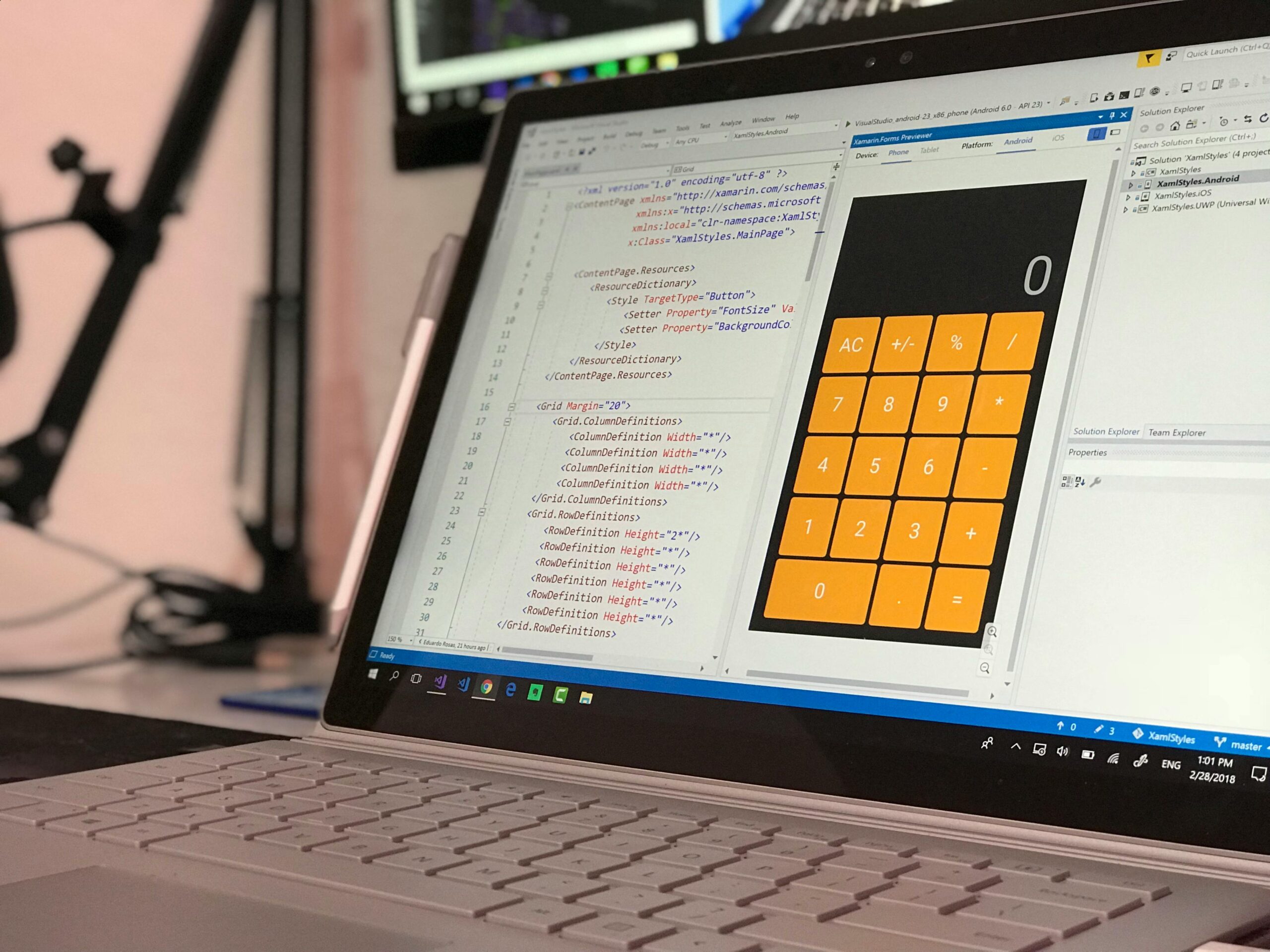## How Progressive Web Apps Boost User Engagement
Progressive Web Apps (PWAs) represent a significant leap forward in app development, blurring the lines between traditional web apps and native mobile applications. They offer a compelling user experience that drives engagement by combining the best aspects of both worlds. By leveraging modern web technologies, PWAs deliver an app-like experience directly through the browser, eliminating the friction of app store downloads and installations. This seamless accessibility, coupled with enhanced features and performance, contributes significantly to increased user engagement. Let’s explore the various ways PWAs achieve this:
One of the most significant hurdles for traditional mobile apps is the download and installation process. Users often abandon the process due to limited storage, slow download speeds, or simply the perceived effort involved. PWAs circumvent this barrier completely. Users can access a PWA directly through a web link, making the entry point as simple as visiting a website. This frictionless access drastically reduces the barrier to entry, increasing the likelihood of initial engagement and repeated visits. Furthermore, PWAs are discoverable through search engines, expanding their reach beyond app stores and allowing users to stumble upon them organically while browsing the web. This enhanced discoverability contributes to a wider user base and, consequently, higher engagement levels.
2. Enhanced User Experience:
PWAs leverage service workers, a powerful web technology, to provide a fast, reliable, and engaging experience, even offline. Service workers cache essential resources, enabling the PWA to load instantly and function smoothly regardless of network connectivity. This responsiveness and reliability mimic the performance of native apps, creating a positive user experience that encourages repeat visits and longer session durations. Moreover, PWAs can be designed to be responsive, adapting seamlessly to different screen sizes and devices. This ensures a consistent and optimal user experience across desktops, tablets, and smartphones, further boosting engagement by catering to a broader audience.
3. Push Notifications and Re-engagement:
PWAs can utilize push notifications, a crucial feature for driving user re-engagement. Similar to native apps, PWAs can send timely and relevant notifications to users, reminding them about new content, promotions, or important updates. This direct communication channel keeps users connected to the app even when they are not actively using it, fostering a sense of ongoing engagement and increasing the likelihood of return visits. Push notifications can be personalized based on user preferences and behavior, maximizing their effectiveness and minimizing the risk of annoyance. This targeted approach enhances the user experience and contributes to a stronger connection between the user and the PWA.
4. Offline Functionality and Resilience:
As mentioned earlier, service workers enable PWAs to function offline or in low-connectivity environments. This capability significantly enhances the user experience, particularly in regions with unreliable internet access. Users can continue to interact with the PWA, access cached content, and even perform certain tasks offline, ensuring a seamless and uninterrupted experience. This resilience and reliability build user trust and encourage continued engagement, even under challenging network conditions. The ability to access critical information or complete essential tasks offline sets PWAs apart from traditional web apps and contributes to their perceived value.
5. Cost-Effective Development and Maintenance:
From an app development perspective, PWAs offer significant advantages in terms of cost-effectiveness. They are built using web technologies, eliminating the need for separate codebases for different platforms (iOS, Android, etc.). This streamlined development process reduces development time and costs, allowing businesses to allocate resources more efficiently. Furthermore, updates and maintenance are simplified, as changes are deployed centrally and reflected instantly across all platforms. This agility and cost-effectiveness empower businesses to focus on enhancing the user experience and driving engagement, rather than being bogged down by complex development cycles.
6. Improved Performance and Speed:
PWAs are designed to be fast and responsive, leveraging caching, pre-loading, and other performance optimization techniques. This speed and responsiveness contribute significantly to a positive user experience, reducing bounce rates and increasing session durations. Users are more likely to engage with an app that loads quickly and responds smoothly to their interactions. The performance benefits of PWAs are particularly noticeable on mobile devices, where users are often accustomed to the speed and responsiveness of native apps. By delivering a comparable performance, PWAs bridge the gap between web and native apps, attracting and retaining users who prioritize a smooth and efficient mobile experience.
7. Integration with Device Features:
PWAs can integrate with various device features, further enhancing the user experience and blurring the lines between web and native apps. For example, PWAs can access the camera, GPS, and other hardware components, enabling features like image scanning, location-based services, and push notifications. This integration expands the functionality of PWAs and allows them to provide a richer and more engaging user experience. By leveraging device features, PWAs can offer a more personalized and contextual experience, tailoring their functionality to the user’s specific needs and environment.
8. App-like Feel and Functionality:
PWAs are designed to mimic the look and feel of native apps, providing a familiar and intuitive user experience. They can be added to the user’s home screen, launched in full-screen mode, and even operate offline, creating a seamless and immersive experience. This app-like functionality contributes to higher user engagement by reducing the learning curve and providing a consistent experience across different devices and platforms. The familiar interface and intuitive navigation make it easier for users to interact with the PWA and access the information or services they need.
In conclusion, Progressive Web Apps represent a powerful approach to web app development, offering a compelling user experience that drives engagement through enhanced accessibility, performance, and functionality. By combining the best aspects of web and native apps, PWAs provide a cost-effective and efficient way to reach a wider audience and build lasting relationships with users. As web technologies continue to evolve, PWAs are poised to play an increasingly important role in the future of app development, shaping the way users interact with businesses and access information online.


